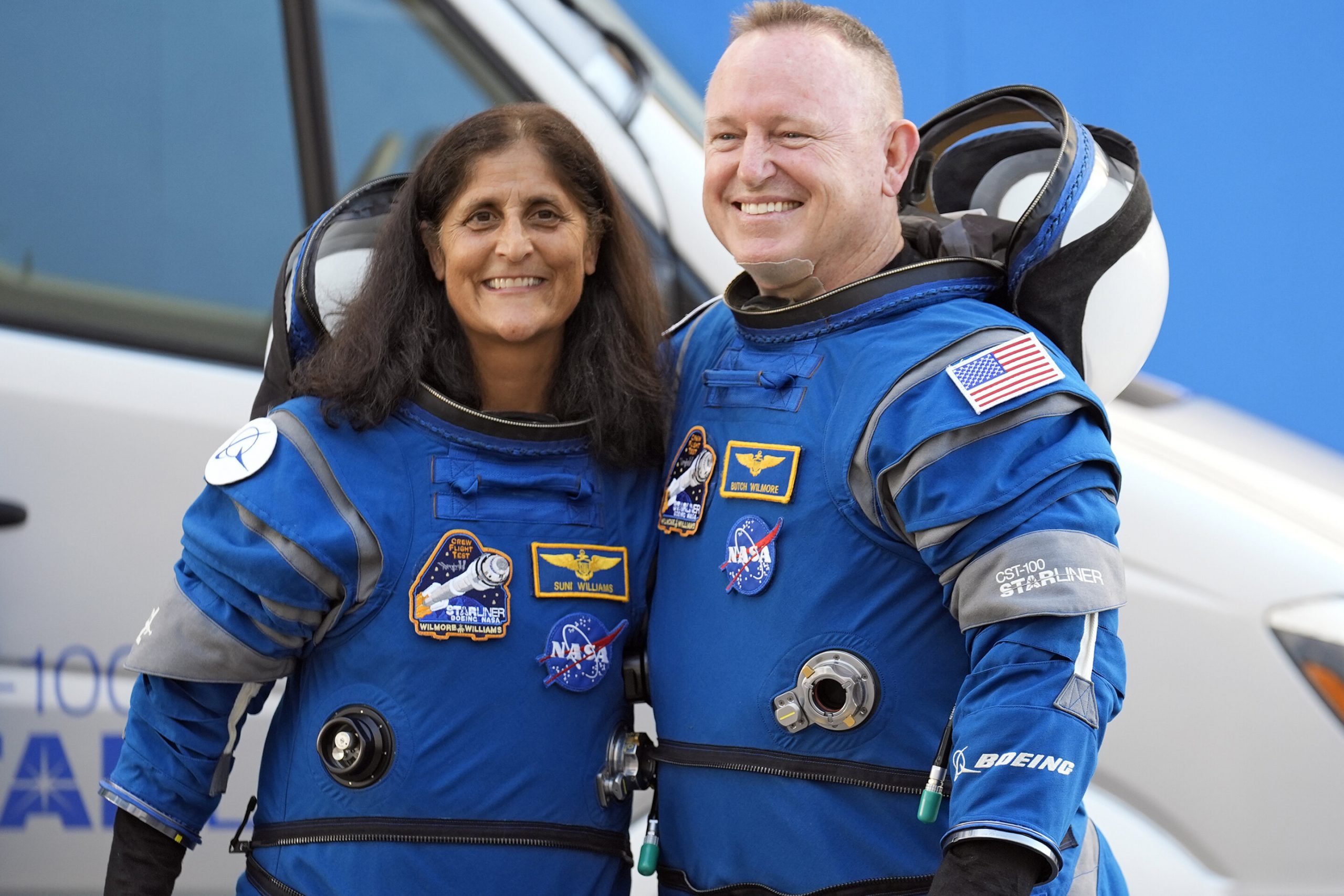The SpaceX Crew Dragon space capsule, which is set to bring home stranded astronauts Butch Wilmore and Suni Williams next year, successfully docked with the International Space Station (ISS) on Sunday. NASA and SpaceX confirmed the docking as part of the Crew-9 mission, which faced unexpected changes due to issues with Boeing’s Starliner capsule.
The two astronauts stuck at the International Space Station since June are welcoming their new ride home. https://t.co/nGrw2TtEnL
— NBC Bay Area (@nbcbayarea) September 30, 2024
NASA astronaut Nick Hague and Roscosmos cosmonaut Aleksandr Gorbunov were part of the scheduled Crew-9 mission and boarded the ISS shortly after the Crew Dragon capsule arrived at 2130 GMT. However, the mission had to make significant adjustments to accommodate Wilmore and Williams, who have been stuck aboard the ISS since June following the failure of their original return vessel, the Boeing Starliner.
Wilmore and Williams, both former military test pilots, were part of the first crew to fly aboard the troubled Starliner capsule. However, their return to Earth was delayed after a series of technical failures, including thruster malfunctions and helium leaks, rendered the Starliner unsafe for reentry. NASA made the decision to send the capsule back to Earth empty earlier this month, leaving Wilmore and Williams stranded on the space station for months longer than originally planned.
The Crew-9 mission was initially intended to transport four astronauts to the ISS, but NASA and SpaceX opened up two seats for Wilmore and Williams after the Starliner’s thruster problems emerged. The astronauts’ 8-day mission has now turned into an 8-month ordeal as they await their return on the Crew Dragon capsule. They are scheduled to come back to Earth alongside Hague and Gorbunov in February next year.
The Boeing Starliner program has faced repeated setbacks, and the recent incident has further delayed its development and undermined confidence in its reliability. Despite early hopes that the Starliner would offer a competitive alternative to SpaceX’s Crew Dragon, the capsule’s technical failures have left Boeing struggling to catch up with its competitor.
SpaceX’s Crew Dragon, on the other hand, continues to perform reliably, underscoring its role as NASA’s preferred spacecraft for transporting astronauts to and from the ISS. This latest mission highlights the increasing reliance on SpaceX as NASA’s commercial partner in human spaceflight.
As the astronauts prepare for their eventual return, NASA has praised the resilience of Wilmore and Williams, who have been conducting research and maintaining the station’s operations during their extended stay. The upcoming return mission in February will not only mark the end of their lengthy mission but also symbolize a growing reliance on SpaceX for critical space missions.

